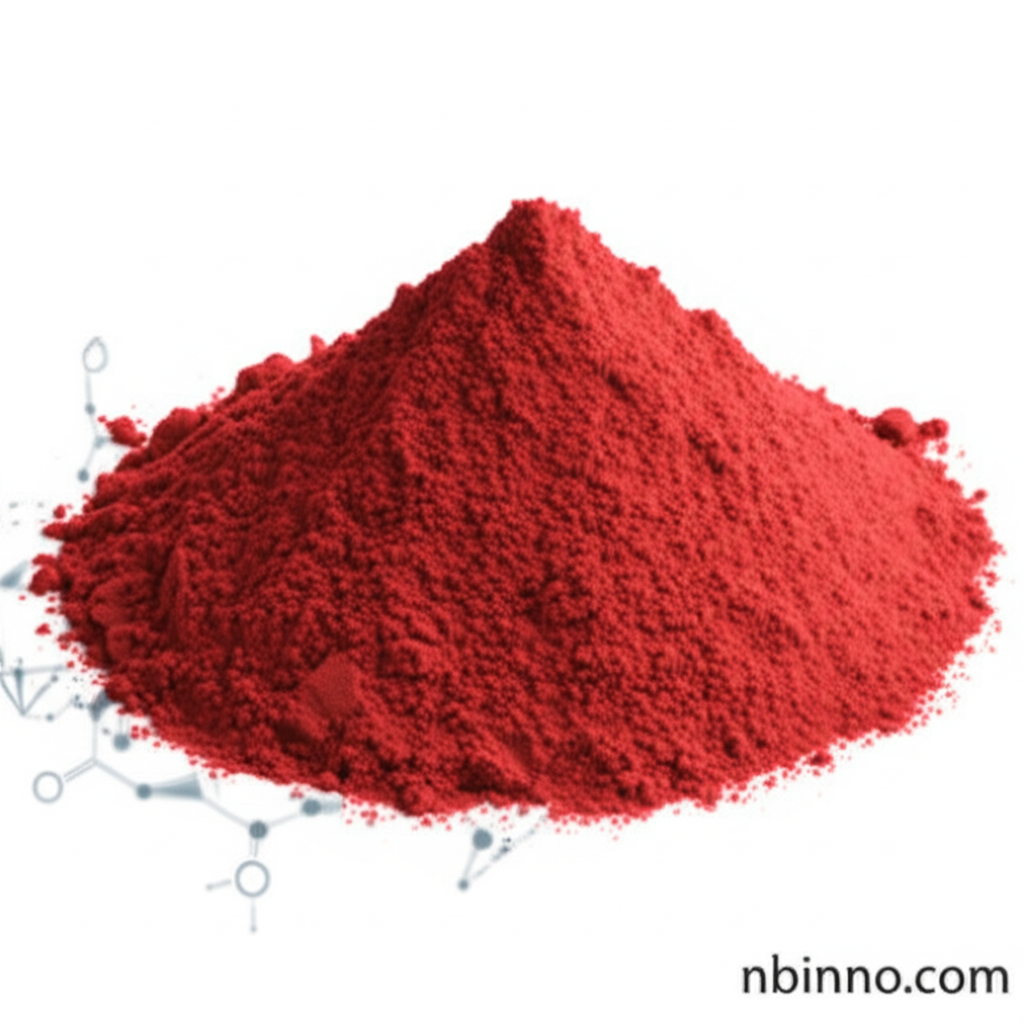Diphenidol CAS 972-02-1: Comprehensive Properties, Applications, and Synthesis of an Antiemetic Agent
Explore the detailed chemical and pharmacological profile of Diphenidol, a key compound for research in antiemetic and antivertigo therapies.
Get a Quote & SampleProduct Core Value

Diphenidol
Diphenidol is a crucial pharmaceutical chemical known for its efficacy in treating nausea, vomiting, and dizziness. Its pharmacological action as a muscarinic antagonist makes it a valuable subject for research into vestibular system disorders and gastrointestinal treatments. The compound is typically supplied as a solid powder, suitable for various research applications and chemical synthesis.
- Understanding Diphenidol antiemetic properties is vital for developing new treatments for nausea and vomiting.
- The synthesis of Diphenidol involves specific chemical reactions that are well-documented for research purposes.
- Exploring the Diphenidol mechanism of action reveals its interaction with muscarinic receptors, offering insights into its therapeutic effects.
- Potential Diphenidol side effects must be considered in research and clinical study design.
Advantages of Diphenidol
Therapeutic Efficacy
Diphenidol is recognized for its ability to relieve or prevent symptoms like nausea and dizziness, supporting its role in the Diphenidol for vertigo treatment.
Research Utility
As a well-characterized compound, it serves as a valuable tool for researchers studying neurological and gastrointestinal conditions, aiding in the investigation of its Diphenidol CAS 972-02-1 synthesis pathways.
Chemical Versatility
Its availability as a powder allows for flexibility in formulation and study, making it easier to buy Diphenidol powder for laboratory use.
Key Applications
Nausea and Vomiting Control
Diphenidol is instrumental in managing nausea and vomiting associated with various medical conditions, offering a focused approach to symptom relief.
Vertigo Management
Its antivertigo properties make it essential for patients experiencing dizziness and balance disorders, contributing to improved quality of life.
Pharmaceutical Research
The compound is a key intermediate and reference standard in pharmaceutical research and development, facilitating the discovery of new therapeutic agents.
Chemical Synthesis
Diphenidol serves as a building block or reference in complex chemical synthesis projects, particularly within the pharmaceutical sector.
